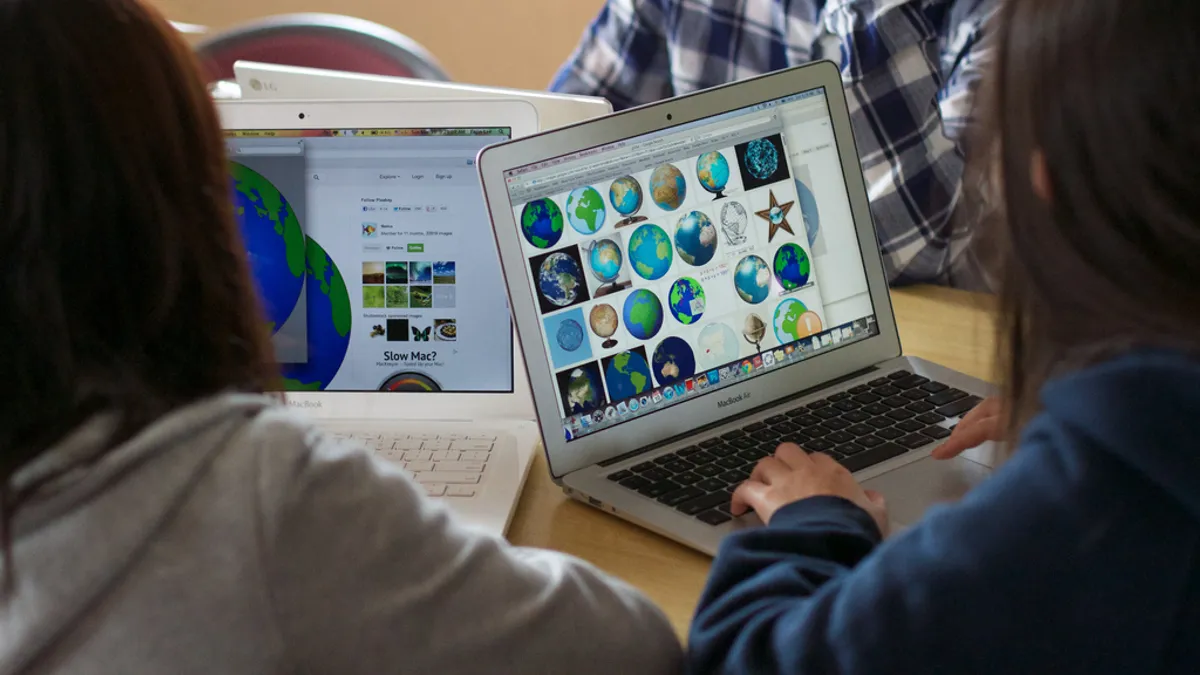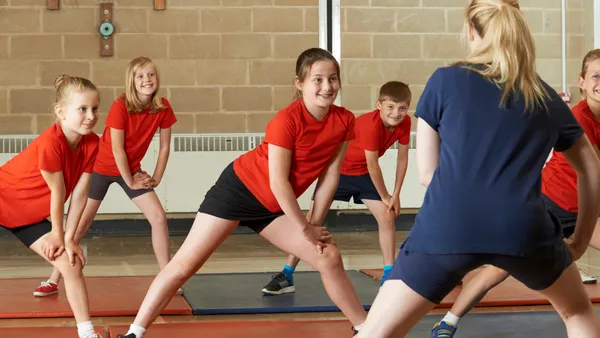Dive Brief:
- Three school districts are building student profiles that highlight not just academic abilities but social and emotional learning (SEL) tools that all pupils should know before they finish high school, District Administration reports.
- Some of the targeted skills are identified through community partnerships, with businesses and groups noting competencies they believe all students should have — including creativity, problem-solving, service and communication. And between districts, students are pursuing these skills differently, with some picking hands-on “passion projects” that allow them to address needs in their community.
- Educators are charged with building upon these skills, grade by grade, and in some cases are allowing students to voice what they believe they need for their future as well, weaving those points of view into what is taught.
Dive Insight:
The demand for students to develop soft skills while mastering hands-on career and technical tools before they leave school is growing. So too are districts looking to find ways to effectively measure and demonstrate these abilities while students are still in high school. In some cases, these skills are necessary for students to master in order to graduate.
Portfolio building is one method educators are using within the curriculum, which can be alternatives to traditional assessments. Students have an opportunity to illustrate the tools and learning they’ve mastered, including soft skills such as critical thinking and initiative taking. These are specific abilities, separate from academic knowledge, that many employers are stating they would like to see in future hires.
Portfolios are an avenue that also allow students to link multiple disciplines and areas of learning together. These projects can highlight other skills students have learned while in school, such as programming and a facility with digital tools, all of which can be very beneficial to their future paths, whether that’s continuing their education in college or choosing to move directly into a career.
A comfort with coding, an ability to work with word processing programs and online apps, and other digital skills are almost certainly a fluency they’ll need in their future. Portfolios can showcase that learning and broaden opportunities available to students after graduation.
Educators adopting these types of projects in their classrooms can expand students' options as they take their first step into their future.












